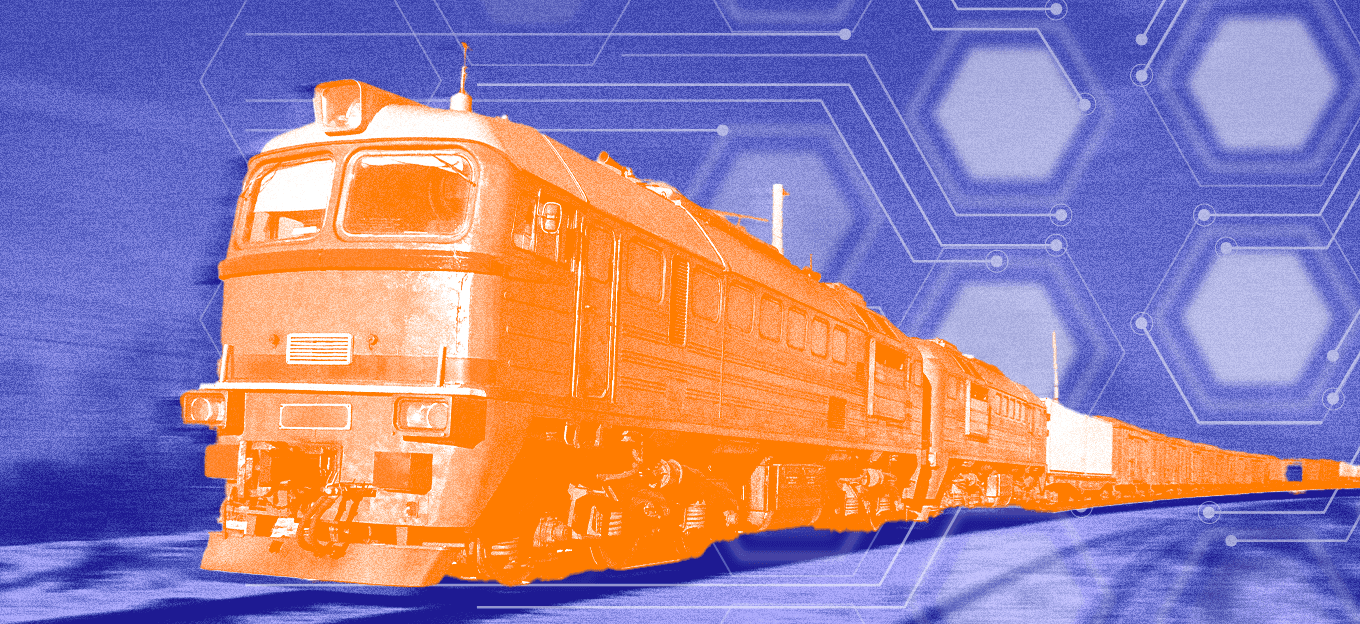Satellite Hybrid Connectivity for the Future of Rail
Satellite Hybrid Connectivity for the Future of Rail
- Last Updated: March 28, 2025
Icomera
- Last Updated: March 28, 2025



The rail industry is undergoing rapid change, driven by a major innovation—satellite hybrid connectivity. Delivering seamless, high-speed Internet to rail passengers and onboard operations is no longer something for the future; it’s happening now.
Hybrid satellite connectivity can boost passenger satisfaction and improve operational efficiency, potentially transforming rail networks. But what exactly is it, and how can it work with existing systems?
This article breaks down the current state of mobile Internet in rail, explains how satellite hybrid connectivity plays a role, and looks at the challenges and opportunities of creating a fully connected rail environment.
Connectivity Gap in Rail Networks
Reliable onboard Internet remains a challenge for many rail networks, even with advances in infrastructure. While 4G and 5G networks provide fast speeds in cities and densely populated areas, they struggle to reach rural and remote regions. These "not-spots" cause connectivity issues, frustrating passengers and disrupting operations.
Traditionally, rail connectivity has relied on cellular networks and trackside communication towers. However, building and maintaining these networks along long rail routes is costly and difficult, especially in less populated areas. Satellite technology is now a practical solution to close this gap.
Concept and Benefits of Satellite Technology
The concept of using satellites for rail connectivity isn't new, however, they faced their own set of hurdles, including high costs, limited data throughput, and latency issues that rendered them insufficient for many modern applications.
Today, Low Earth Orbit (LEO) satellite constellations, such as SpaceX's Starlink, are changing the narrative. Unlike their geostationary counterparts orbiting at over 35,000 kilometers above Earth, LEO satellites operate at altitudes of up to 2,000 kilometers. This closer proximity significantly reduces latency and boosts data speeds, creating a network capable of supporting modern rail communication needs.
The key benefits of LEO satellite technology are extensive, covering low latency, high throughput, global coverage, and cost-effective deployment.
- Low Latency: Signals travel shorter distances, enabling latency comparable to urban 5G networks. This is ideal for real-time applications like video conferencing or remote diagnostics.
- High Throughput: LEO satellites can deliver speeds upwards of 200-400 Mbps per terminal, ensuring adequate bandwidth even for crowded trains.
- Global Coverage: By employing a mesh network of interconnected satellites, LEO technology offers reliable coverage even in the most remote areas.
- Cost-Effective Deployment: Launching LEO satellites is more affordable than building extensive ground-based infrastructure, making it a scalable option for long-distance rail routes.
Roles in a Hybrid Connectivity Approach
A hybrid connectivity approach represents a pragmatic and effective solution by leveraging the strengths of multiple technologies to achieve outcomes greater than what each could deliver independently.
For instance: Satellite networks serve as an excellent foundation for connectivity, particularly in areas with unobstructed views of the sky or rural areas where cellular network capacity is often limited. Meanwhile, cellular networks excel in delivering high throughput, especially in urban regions. Relying solely on one network type exposes systemic vulnerabilities. By integrating satellite and cellular networks, both availability and performance can be significantly improved, addressing these limitations constructively. By combining satellite and cellular networks, their strengths complement each other—not only by boosting overall capacity and improving availability but also by significantly enhancing performance in the most challenging scenarios.
Performance of Hybrid Connectivity
The most notable performance gains occur at the lower end of the spectrum, where reliability is traditionally weakest. Since satellite and cellular networks operate independently of each other, the likelihood of simultaneous underperformance is minimal. This integration effectively raises the "performance floor," a critical step in ensuring dependable connectivity in the most demanding conditions.
For instance, data from the recent Arctic Circle Trial highlights the stark contrast between individual and combined network performance. The lowest performing 1% of samples showed 0 Mbps for Starlink alone and 0.54 Mbps for cellular alone. In contrast, the hybrid model delivered a significant improvement, achieving 8.42 Mbps under the same conditions. These findings underscore the potential of hybrid connectivity, not just as a technical enhancement but as a strategic response to systemic gaps in network reliability.
A hybrid model is not simply a combination of technologies—it is a forward-looking strategy to create more resilient and equitable connectivity solutions for all.
Beyond Passenger Wi-Fi: Operational Advantages
Seamless rail connectivity isn't just about catering to passengers who want to stream Netflix or join Zoom meetings. For rail operators, reliable Internet is a backbone for operational excellence to support functions such as real-time monitoring, video surveillance, point-of-sale systems, etc.
Connected trains create greater efficiencies and an improved return on investment for operators.
A Vision for the Future
The integration of satellite and hybrid connectivity is a game-changer for the rail industry, opening the opportunity to modernize onboard infrastructure, boost passenger satisfaction, drive operational efficiencies.
For technology providers, the need for reliable rail connectivity creates exciting opportunities for innovation and collaboration.
The future of rail transportation is smarter, faster, and more connected. When a hybrid connectivity approach is taken, rail is one step closer to the true “digital train".
The Most Comprehensive IoT Newsletter for Enterprises
Showcasing the highest-quality content, resources, news, and insights from the world of the Internet of Things. Subscribe to remain informed and up-to-date.
New Podcast Episode

What is Software-Defined Connectivity?
Related Articles


